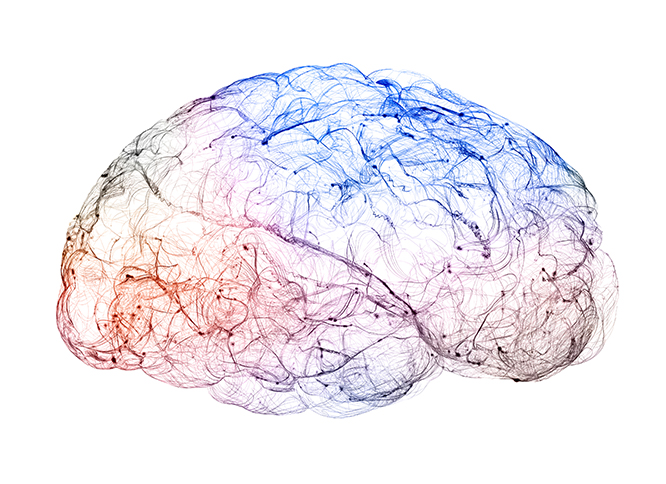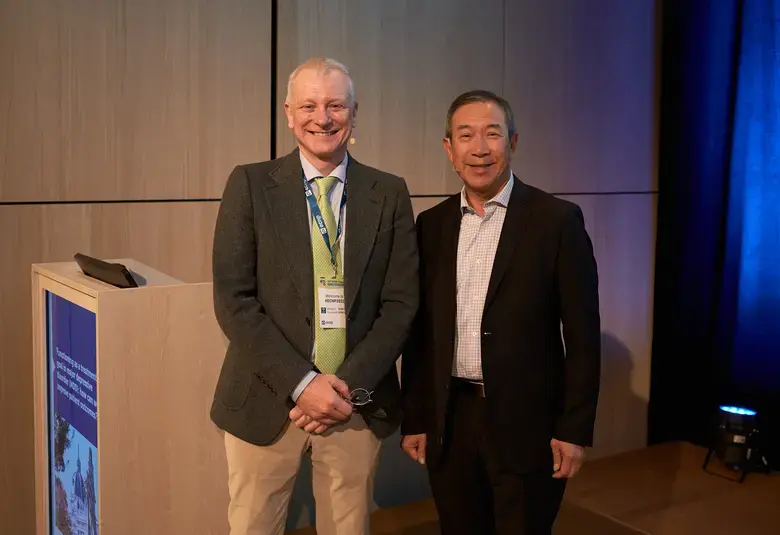Immune responses are involved in the pathophysiology of Parkinson’s disease. Supporting evidence for these responses and the emerging roles of microglia and astrocytes was presented by experts at MDS Virtual Congress 2020.
Immune responses play a role in the pathophysiology of Parkinson’s disease (PD),1 said Professor David Sulzer, New York, NY. Evidence for this role has been provided by a number of studies:
Microglia are activated by extracellular neuromelanin
- leucine-rich repeat kinase 2 (LRRK2) regulates immune cell responses in the brain and LRRK2 mutation is a risk for PD2
- genome-wide association studies suggest the involvement of antigen-presenting cells3 such as microglia
- microglia are activated by extracellular neuromelanin leading to the production of pro-inflammatory factors and neurodegeneration4
- neuronal major histocompatibility complex class I (MHC-I) can trigger an antigenic response, and catecholamine neurons may be susceptible to T-cell-mediated cytotoxic attack5
α-synuclein-specific T cell responses are highest shortly after a diagnosis of motor PD
- α-synuclein-specific T cell responses have been detected before a diagnosis of motor PD and are highest shortly after the diagnosis, but then decline6
- increased T-helper cell 17 (Th17) frequencies have been found in the blood of patients with PD, increased numbers of T cells have been detected in post-mortem PD brain, and co-culture of induced pluripotent stem cell (iPSC)-derived PD midbrain neurons with T cells or the addition of interleukin-17 (IL-17) leads to increased neuronal death driven by upregulation of the IL-17 receptor (IL-17R) and NFkB activation7
Astrocytes contribute to dopaminergic neurodegeneration in PD
Research carried out by Professor Antonella Consiglio, Barcelona, Spain, and her colleagues supports the role of astrocytes in PD pathophysiology.
α-synuclein accumulates in control cells co-cultured with PD astrocytes
She described the studies of iPSC-derived astrocytes and neurons from familial mutant LRRK2 patients with PD and healthy individuals that demonstrated:
- neurodegeneration and abnormal astrocyte-derived α-synuclein accumulation in control ventral midbrain dopaminergic neurons (vmDAns) co-cultured with PD astrocytes
- disease-related phenotypes in PD vmDAns were partially prevented by control astrocytes
- dysfunctional chaperone-mediated autophagy (CMA), impaired macroautophagy, and progressive α-synuclein accumulation in PD astrocytes
- clearance of α-synuclein accumulation by chemical enhancement of CMA protected PD astrocytes and vmDAns8
For the latest updates on sea.progress.im, subscribe to our Telegram Channel https://bit.ly/telePiM
Our correspondent’s highlights from the symposium are meant as a fair representation of the scientific content presented. The views and opinions expressed on this page do not necessarily reflect those of Lundbeck.




